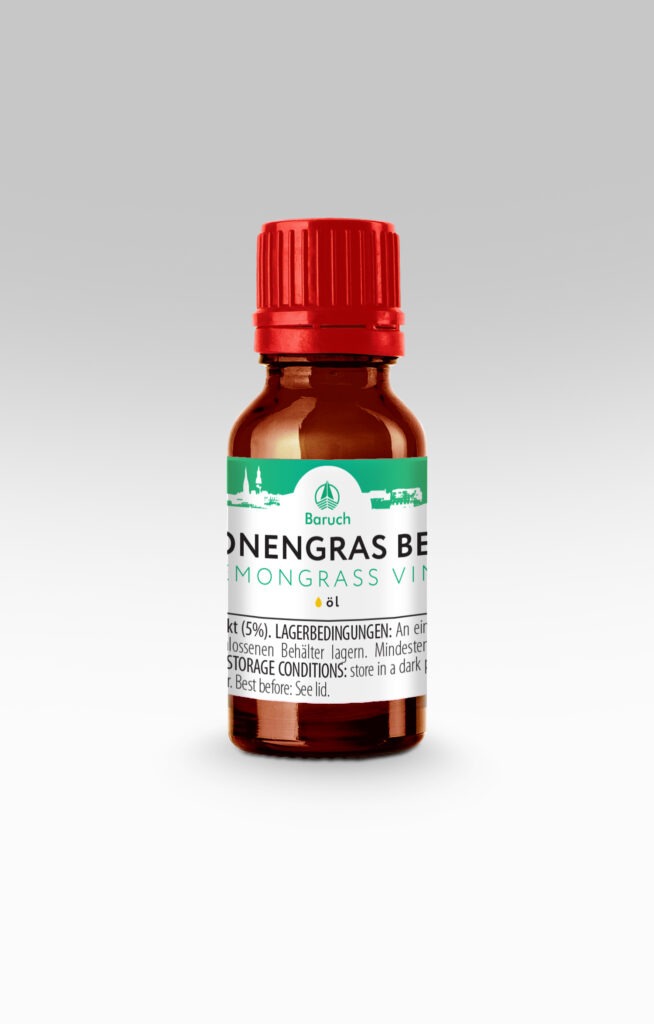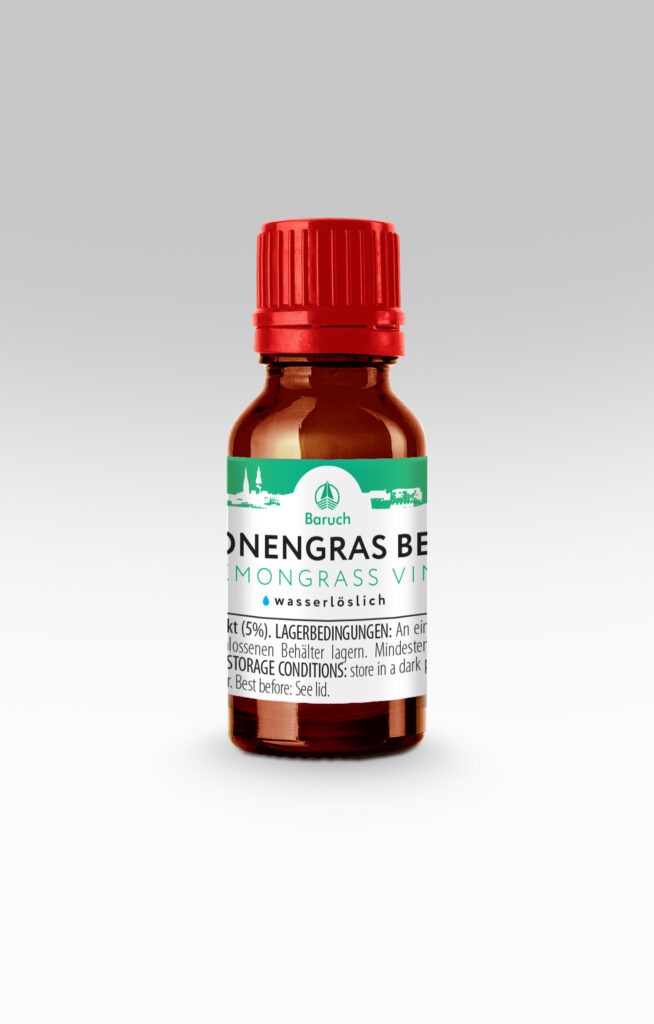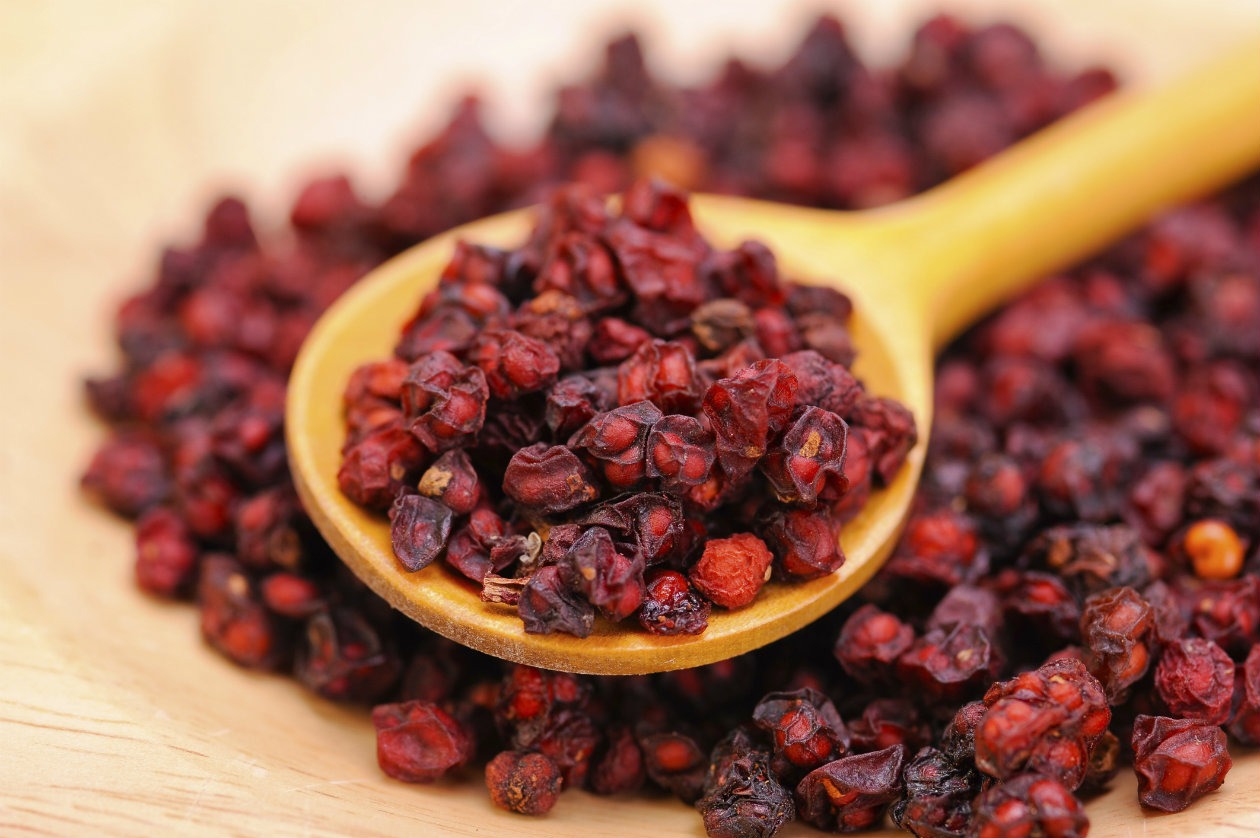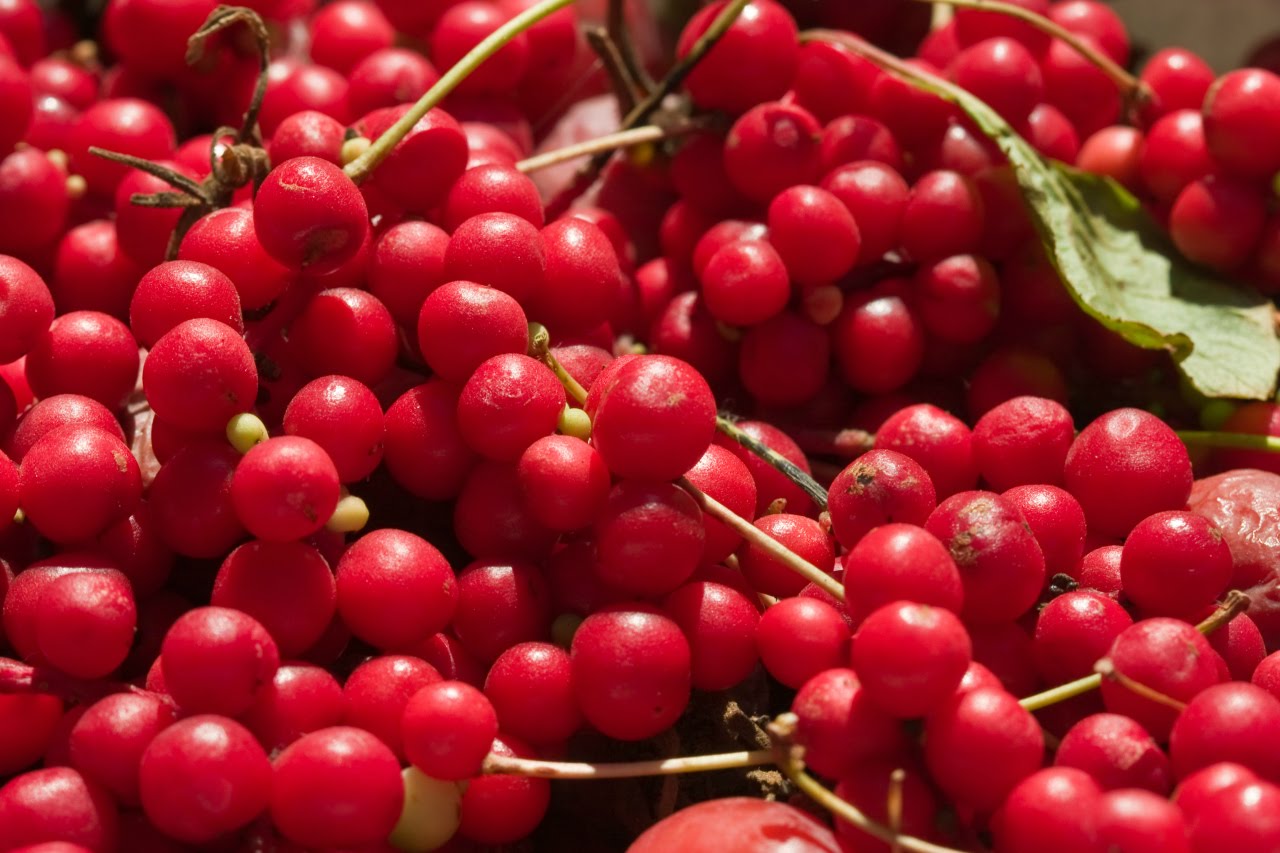The raw material for the production of CO2 extract is the fruit of lemongrass, also known as West Indian Lemongrass. Lemongrass CO2 Extract is a viscous liquid of yellow-gold or yellow-amber in color with a pungent citrus aroma and a bitter-spicy, slightly stinging taste.
Used to treat coughs as an expectorant, but common pharmaceutical use is as an adaptogen. It is especially effective in asthenic and astheno-depressive states, psychasthenia, reactive depression. As a general tonic, psychostimulant, increases nervous system excitability, cardiac and respiratory stimulant. It increases blood pressure, improves excitation processes in the structures of the brain and reflex activity, increases efficiency and reduces fatigue during physical and mental stress. In the Global Fund of the Russian Federation, the fruits of lemongrass are classified as general stimulants. According to the State Pharmacopoeia, the fruits of lemongrass are indicated for asthenic syndrome, vegetative dystonia, and for recovery after somatic and infectious diseases. Lemongrass is also prescribed for overwork, reduced performance, and activities associated with great neuropsychic and physical stress. As part of complex therapy, it is used for problems with sexual function against the background of neurasthenia.
The high activity of the lemongrass CO2 extract and the berries themselves requires careful application and compliance with the recommended application rates and doses.
In the food industry, lemongrass is used to prepare fruit drinks, kissels, tonic soft drinks, among others for athletes and some Departments of Defense. Lemongrass is used as a flavoring additive in wines and strong alcoholic beverages like gin and many others.


Chart 1. Main components of lemongrass CO2 extract
| NAME | CONTENT IN% OF THE AMOUNT OF VOLATILE COMPONENTS | EFFECT |
|---|---|---|
| α-Ilangen | 12 | tonic, for stomach ulcers, muscle diseases, tooth and joint pain. |
| Schisandrin | 6,5 | Antihepetotoxic, lowers the level of hepetopyruvate transaminase in the blood. |
| Chamazulene | 4,6 | Anti-inflammatory, regenerating, anti-allergenic. |
| β-Chamigren | 4,1 | Tonic, immunomodulatory, powerful antioxidant. Ideal antitussive effect. |
| Linoleic Acid | 3,5 | Omega-6 essential polyunsaturated fatty acid necessary for cell membrane function. |
| Kuparen | 2,2 | Antiseptic, bactericide. |
| Bornyl acetate | 1,4 | Antiarrhythmic, analgesic, antipyretic, anti-inflammatory effect. It is used in perfumery as a natural fragrance. |
More than 100 common compounds were found in the chromatomasspectrometric studies in the CO2 extract of lemongrass, of which 37 were identified.
In cosmetics, lemongrass CO2 extract can be recommended for incorporation into care products for problematic and oily skin. CO2 extract has the following properties:
- tightens, refreshes and firms the skin
- antiseptic and antioxidant
- perfectly regenerates damaged skin and is an immunomodulator
- restores a healthy complexion and has a brightening effect
- Used in anti-cellulite products, soothes irritation and inflammation
- As a component of hair care products, it stimulates hair growth and activates the hair follicles
In food production, CO2 extract of lemongrass is used in the confectionery, canning industry and for the production of non-alcoholic and, with caution, strongly alcoholic beverages.
Microemulsions of lemongrass CO2 extracts are a promising ingredient in functional soft drinks that have adaptogenic properties, activate blood microcirculation and improve vision (which can be particularly useful when it comes to making drinks for drivers who drive at night help driving).
Chart 2. Application amounts, recommendations for use and storage of lemongrass CO2 extract
| Food usage rates | Item A100: 0.005% (50 g per ton) Water-soluble microemulsions EMA1: 0.5% (5 l per 1000 l or 5 ml per liter) |
| Application rates in cosmetics | Item А10: 1-3% Item А100: 0.1-0.3% |
| Recommendations for use | It is recommended to add CO2 extracts in the final stages of preparation, in the cooling phase of the end product. |
| Storage Instructions | It is recommended to store CO2 extracts in a closed container in a cool room and avoid direct sunlight. |
Historical reference

Lemongrass has been known as a medicinal plant for more than 15 centuries and rightly ranks second to ginseng. In ancient China it was called the berry of emperors and was included in the number of taxes paid annually. Lemongrass was first known in Russia in the first half of the 19th century and was first described by the Russian botanist N. S. Turchaninov. Lemongrass was not known in Europe and North America until the late 19th century.
